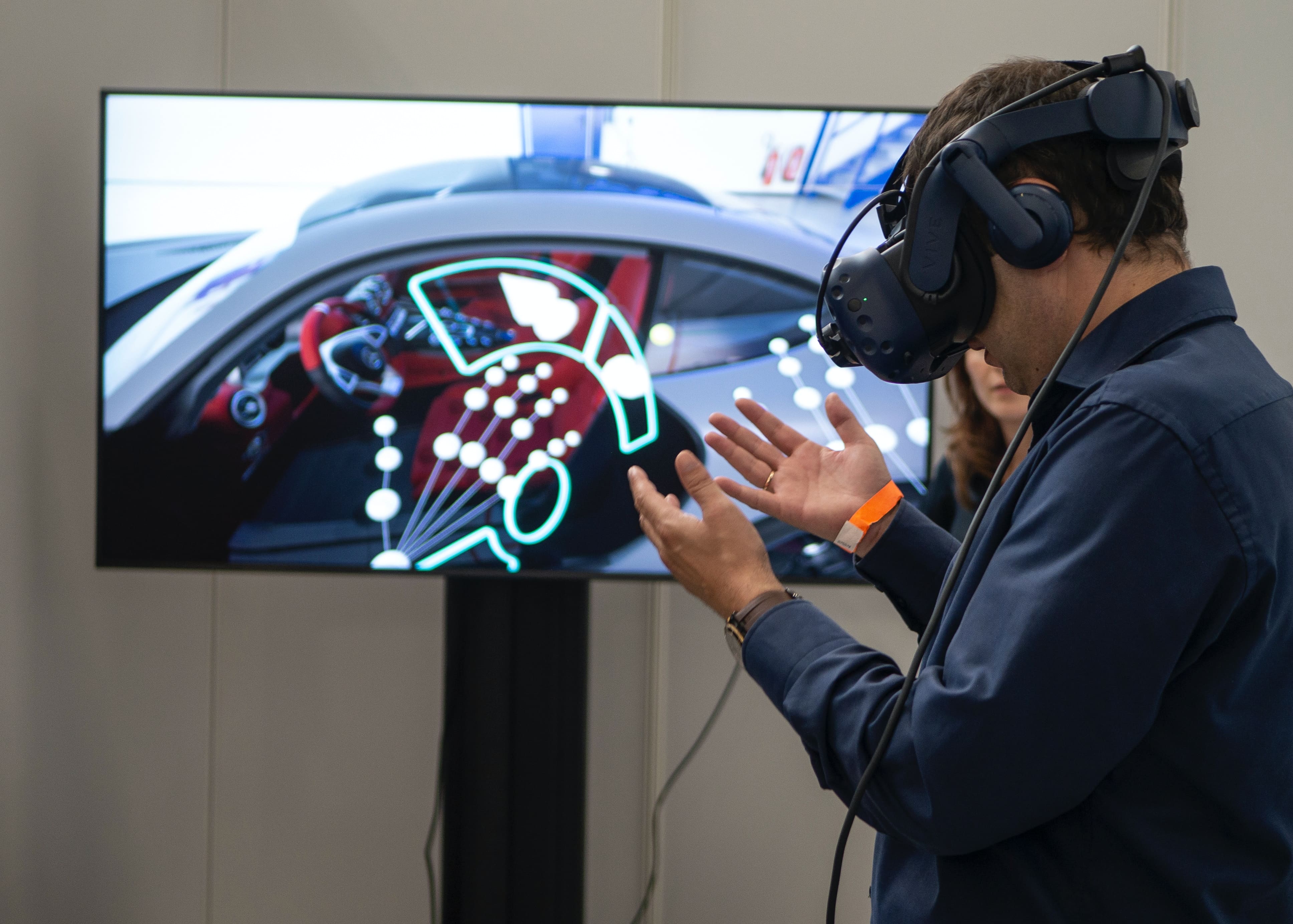March 31, 2023
Immersive experiences for brands

Immersive experiences help brands surprise and delight audiences, create a new way to connect with customers in a more personal way, and give brands the ability to take people somewhere they can't go with traditional media.
Brands have been using immersive experiences to connect with their audiences in a more personal and engaging way. XR allows brands to create sensory experiences that are more authentic than traditional video, which can be difficult for consumers to relate to.
The ability for brands to surprise and delight audiences through immersive experiences is something that has never been possible before. It's an opportunity for brands to bring their stories into people's lives in ways they never expected or could have imagined before!
XR is a new way for brands to connect with their audience in a more personal way. XR can be used to create immersive experiences that are more authentic and engaging than traditional video. XR is about creating sensory experiences that are more authentic and engaging than traditional video, allowing brands to engage with their audience in a more personal way.
VR, AR and MR provide a new way for brands to connect with their audiences in new and exciting ways. They allow you to create immersive experiences that wouldn't be possible with traditional media.
-
XR is about creating more authentic experiences than traditional media. It's not just about putting on goggles or putting on a headset; it's about creating seamless physical experiences where your body can interact with virtual objects in the same way it would interact with real-world objects -- like grabbing a cup of coffee from Starbucks or checking out at Sephora as if you were standing in line at one of their stores (no lines!).
-
XR is about creating sensory experiences that are more authentic and engaging than traditional video.
XR allows brands to create immersive experiences that can't be created with traditional media.
One of the values of immersive experiences is being able to take people somewhere they can't go with traditional media.
It's exciting to be able to bring an audience along with you on a journey, whether it be a physical or digital one. This can be done through live events, virtual reality (VR), augmented reality (AR), and 360-degree video content that transports viewers into new worlds--and it's something advertisers need to consider if they want their brands' messages to stand out in today's crowded marketplace.
Immersive experiences can be created using a variety of technologies, such as AR and VR.
AR is a type of immersive experience that overlays digital content onto the real world. For example, if you were walking down the street and saw an advertisement for an upcoming movie playing in your local theater, that's AR at work! Similarly to how we use social media today--to share images and videos with our friends--the ability to share immersive content will become increasingly important as more people begin using these new mediums.
Immersive experiences allow brands to create seamless physical experiences.
Immersive environments can be used to create a deeper emotional connection with the audience.
Immersive environments can be used to create a more authentic experience for your brand and customers alike.
Immersive environments are also ideal for creating engaging experiences that keep people coming back again and again
Brands are experimenting with different types of immersive experiences, including VR and augmented reality (AR). AR is a technology that overlays digital information on top of the real world. It's used in games, marketing, and social media--and it's also being explored as a way to help people with disabilities learn about the world around them.
For example: if you have low vision or are blind, you may not be able to see traffic lights at intersections or stop signs at crosswalks. But an app could use your phone's camera as a sort of "third eye" that would display visual cues through AR when there was something important nearby like these traffic lights or stop signs so they appear right in front of you!
XR is a new way for brands to connect with their audience in a more personal way. It provides the ability for brands to connect with their audiences in new ways, and it's about creating sensory experiences that are more authentic and engaging than traditional video.
XR has been used by many industries, including travel, retail and entertainment companies who are looking at how they can use XR technology as part of their marketing efforts.
XR is a new way for brands to connect with their audience in a more personal way. Immersive experiences allow brands to create seamless physical experiences and take people somewhere they can't go with traditional media.
Get in touch
Send us a message and we'll get right back to you.
Try 7 different AI ChatBot models
AI got a big boost in attention when ChatGPT-3 was launched. For some it was the marking of a new era in pushing the boundaries of tech and seemed OpenAI’s product had taken the market by surprise.
In fact, other developers are actively producing what would be the competition, or in some cases a varied, different model suited to a different application or scenario.
We see that AI is far from perfect and test out 7 alternative models. You may switch between them on the right and try for yourself, see if this “virtual assistant” could be of help or hinderance.
Watch this space as we will soon publish some further information on the models and the differences between them (plus practical application). For now, please do enjoy playing with our AI Chatbot :)



